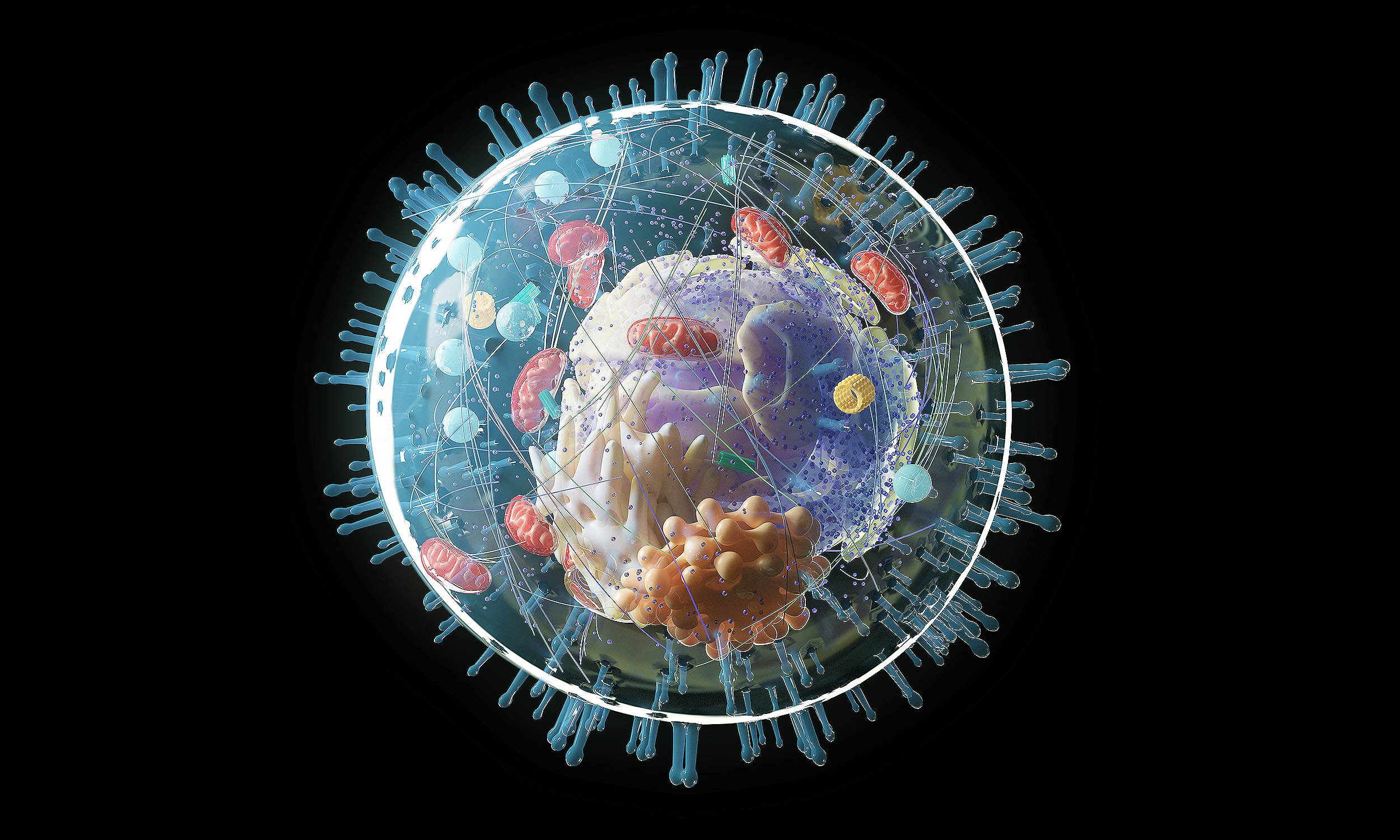In this study, the scientists simulated the process of spaced learning by examining two types of non-brain human cells — one from nerve tissue and one from kidney tissue — in a laboratory setting.
These cells were exposed to varying patterns of chemical signals, akin to the exposure of brain cells to neurotransmitter patterns when we learn new information.
The intriguing part? These non-brain cells also switched on a “memory gene” – the same gene that brain cells activate when they detect information patterns and reorganize their connections to form memories.



So hold on a minute - does this mean there might be some truth to the whole “eat your fallen enemy to gain experience” thing? That’s wild.
naw. its more like the nerve pathways through the body also have their own node-weighting long before they get to the brain. those are used in process sometimes allowing for memory-like function
its still a generated system that you cant just eat
Are you sure I can’t eat it? We should test this… for science.
The question then being: would it still be considered science if it’s not eaten raw but cooked and, say, accompanied with some wine?
And fava beans.
Doesn’t count. They have to be slain in honorable battle.
So being boiled to death doesn’t count?
Closer to that whole organ transplant affecting someone’s personality I guess
Eating a dictionary to improve your vocabulary would be equally effective to that theory, and for many of the same reasons. (As far as information transfer is concerned)
No, because you’re eating the flesh, so you’re digesting it.
This is more relevant to organ transplants.
Apparently, it’s a known phenomenon that some organ transplant recipients seem to inherit some traits and even memories of organ donors.
https://pubmed.ncbi.nlm.nih.gov/38694651/
Wow, these examples are so cool.
Food Preferences:
Musical Preferences:
Sexual Preferences:
Other Preferences and Aversions:
Memories:
Unfortunately, though, I don’t see any mention of how certain they were that the recipients didn’t learn these things before experiencing them